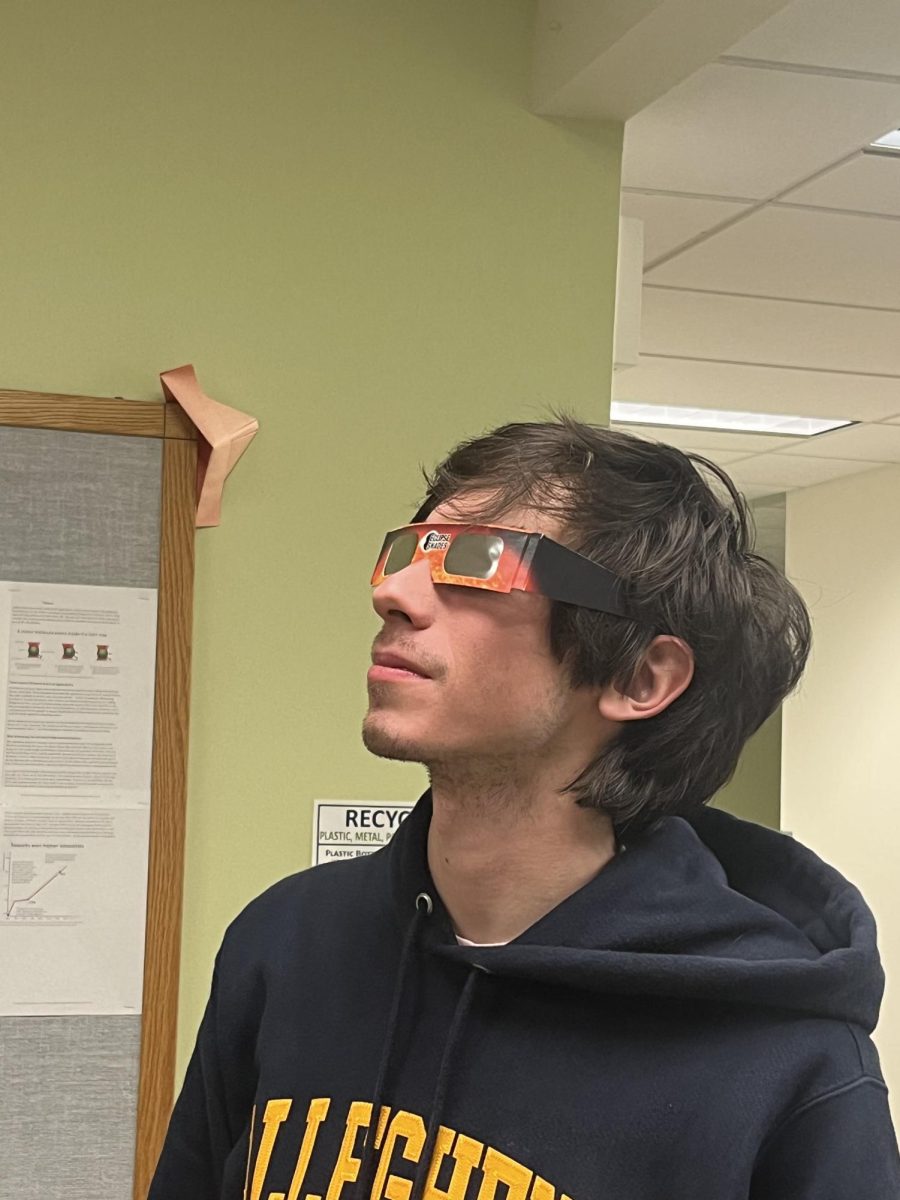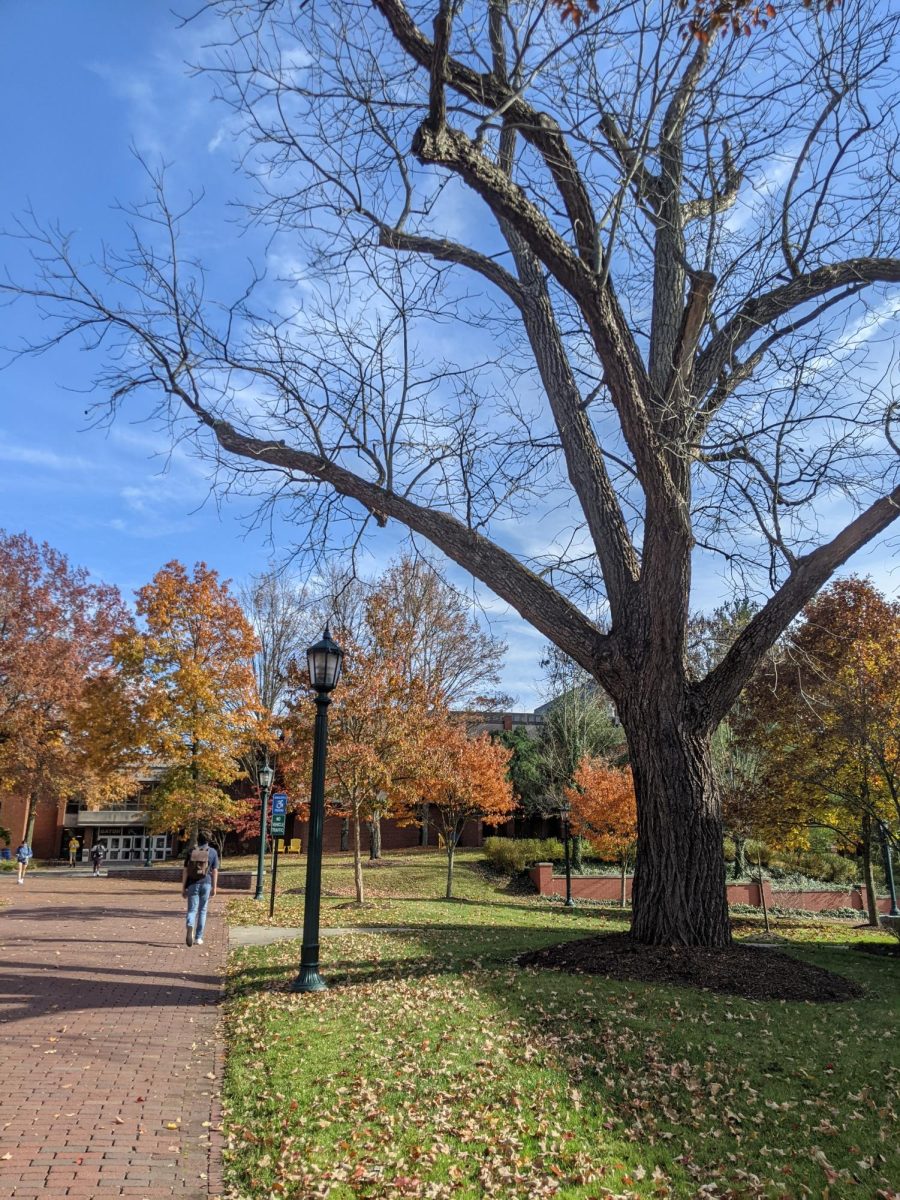By Amanda Spadaro
Science Editor
Nov. 22, 2013
In October, orthopedic surgeons with the University Hospitals Leuven in Belgium announced the description of a previously uncharacterized ligament in the human knee, published in the Journal of Anatomy. Dr. Steven Claes and Dr. Johann Bellemans led the team of researchers who identified what they termed the anterolateral ligament (ALL), which may alter the way doctors view knee injuries in the future, especially the dreaded anterior cruciate ligament (ACL) injuries.
French surgeon Paul Segond first hinted at the presence of the ligament in 1879, describing it as a “pearly, resistant, fibrous band” involved in fractures. This ligament was identified during dissections, separate from the four other knee ligaments that were already named in 1879. Segond believed that this ligament would exist near the front of the knee. As ligaments serve to connect bones, Segond stated that the ligament begins at the outside of the lower thigh bone, stabilizes the outside of the knee from shifting in and ends at the shinbone.
However, this supposed ligament was largely overlooked and was not fully described until Claes and Bellemans decided to finally determine the existence of this ligament. The research project, spanning a few years, involved the minute dissection of 41 human cadavers. This requires careful work because the human knee is a complex, fragile system of bone, cartilage, ligament and synovial fluid, which reduces friction between cartilage and bones of highly articulating joints.
Upon finishing the dissections, Claes and Bellemans determined that the ALL is present in 97 percent of knees, as 40 out of the 41 cadavers possessed this ligament. The researchers did not test cadavers showing gross deformity of the knee such as osteoarthritis or damaged ligaments in the area.
In addition to identifying and describing the ALL, Claes and Bellemans wished to determine the function of the ligament, which is believed to support the knee from buckling inward. According to Segond’s 1879 publication, the ligament “showed extreme amounts of tension during forced internal rotation.”
This information can be especially useful for injuries of the knee, including surgical value. Following reconstructive surgery, especially for tears of the ACL, a number of patients experience what is called a “pivotal shift” of the knee, which causes the knee to give way inwardly. This research suggests that these ACL injuries may also include injury of the ALL, which may lead to improved surgical techniques.
Claes and Bellemans are now focusing their attention on techniques that could improve the repair of injuries involving the ALL, but this research will last several years.
Some critics argue that this is not a clear-cut discovery, critiquing the portrayal of an entirely unknown ligament being found. Others also suggest that Claes and Bellemans simply reclaimed Segond’s initial work regarding the ALL, giving it a specific name.
“We’ve known for years that a thickening around the area where the ALL is located has a role in knee stability,” Dr. Scott Rodeo, co-chief of sports medicine at the Hospital for Special Surgery and associate team physician for the New York Giants said to ABC News. “While I don’t think this is necessarily a breakthrough, I think it’s a good reminder that we need to refocus some attention on ACLs that don’t respond well to surgery.”
Claes and Bellemans acknowledge the work of Segond before them, stating that the study “clarifies the long-standing enigma surrounding the existence of a ligamentous structure connecting the femur with the anterolateral tibia,” in the Journal of Anatomy.
The researchers state that because a number of names have been used to refer to the ligament, including “the (mid-third) lateral capsular ligament” and the “capsulo-osseous layer of the iliotibial band,” making a distinct definition valuable. Research up until now has only included vague descriptions of the ligament, lacking illustrations and detail necessary so Claes and Bellemans sought to detail the anatomical structure.
The Anatomical Society deemed the work “very refreshing” in the International Business Times, reminding the scientific community as well as the public that despite the wealth of information that is currently known about the human body, a number of mysteries still remain.





